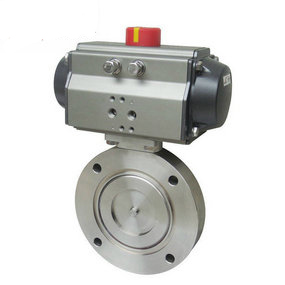Which one is cheaper? According to the statistics of the United States in the 1990s, the economic loss caused by the failure of welded joints reached 5% of the national economy. In a large number of failure accidents of welded structures to metal materials, the analysis results show that most of the failure of welded joints is caused by insufficient toughness of metal materials. The metal material in the joint rapidly melts and solidifies during welding, resulting in large residual stress due to the binding force of surrounding metal. The metal material repeatedly undergoes the phase change process of melting and solidification, forming coarse columnar grains, and producing defects such as precipitation, inclusions, pores and microcracks, which significantly reduces the initial properties of the material. Due to the complexity of dry accidents, it is difficult to predict the failure of a certain structure for some reason. However, from a statistical point of view, the failure of most welded structures is caused by the lack of toughness of dry materials, fatigue cracks caused by small defects, and continuous growth.

In order to meet the application requirements of industrial applications such as high and low temperature, strong erosion and long life, metal sealed butterfly valves have been greatly developed in the past decade. With the application of high temperature, low temperature, strong corrosion, strong erosion and high-strength alloy materials in butterfly valves, metal sealed butterfly valves have been widely used in industrial fields such as high and low temperature, strong erosion and long service life. There are butterfly valves with large diameter (9750mm), high pressure (2.2kN/cm2) and wide temperature range (- 102~606 ℃), So that the technology of butterfly valve can reach a new level.




